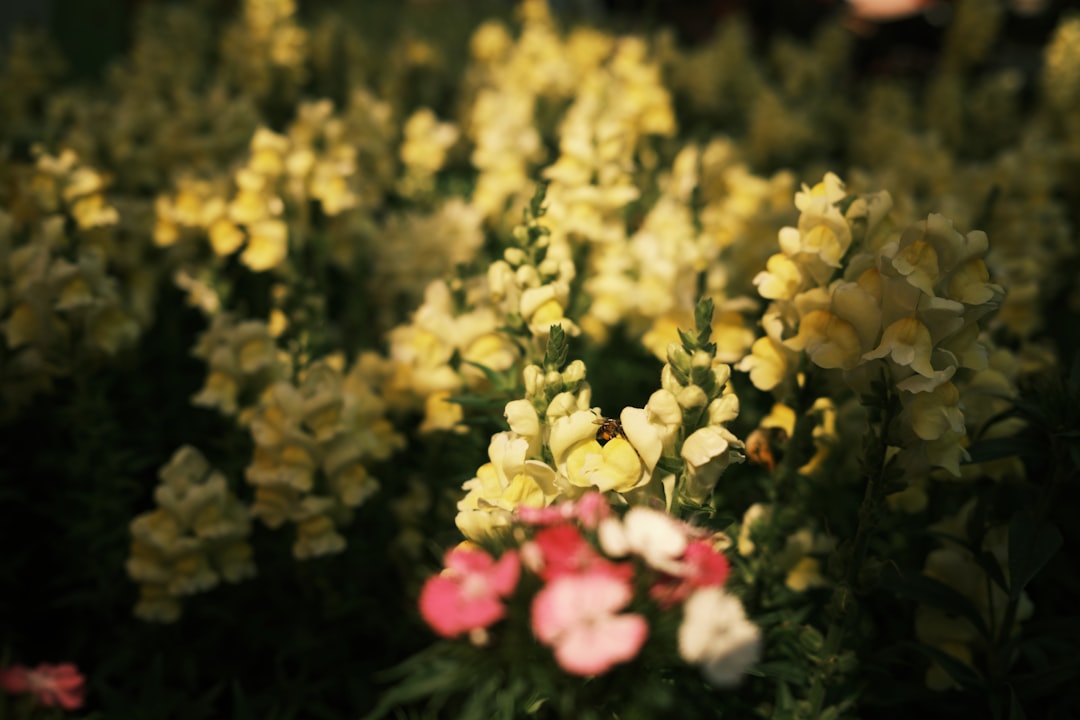Unveiling the Secrets of Tropical Palm Care

Indoor gardening has witnessed a surge in popularity, with bamboo palms leading the pack as the most beloved houseplants. However, the world of tropical palms extends far beyond the well - known bamboo palms, boasting a diverse array of species that can bring a touch of the tropics into your home. In this guide, we'll explore the ins and outs of caring for these magnificent tropical plants.
### Understanding Different Palm Species
While bamboo palms are a staple, there are other palm species that make excellent houseplants. For instance, the Areca palm is known for its feathery fronds and air - purifying qualities. It adds a lush, tropical vibe to any room. Then there's the Parlor palm, which is more compact and can thrive in lower light conditions, making it perfect for smaller spaces or rooms with limited sunlight. The Kentia palm, on the other hand, is a slow - growing but elegant option that can tolerate a bit of neglect.
### Light Requirements
Most tropical palms prefer bright, indirect light. Direct sunlight can scorch their leaves, especially during the intense afternoon hours. Place your palm near a north - or east - facing window where it can receive gentle morning or filtered light. If you don't have a suitable window, you can also use artificial grow lights. These lights should be placed about 12 - 18 inches above the plant and kept on for 10 - 12 hours a day to mimic natural sunlight.
### Watering
Watering is a crucial aspect of palm care. Over - watering can lead to root rot, while under - watering can cause the leaves to turn brown and dry. A good rule of thumb is to check the top inch of the soil. If it feels dry to the touch, it's time to water. When watering, make sure to soak the soil thoroughly until water drains out of the bottom of the pot. However, don't let the plant sit in standing water. Empty the saucer beneath the pot after watering. The frequency of watering will depend on factors such as the size of the plant, the type of potting mix, and the environmental conditions. In general, palms may need to be watered once a week during the growing season (spring and summer) and less frequently in the winter.
### Humidity
Tropical palms thrive in high - humidity environments. Most homes have relatively low humidity, especially during the winter months when the heating is on. To increase humidity around your palm, you can use a humidifier. Another option is to place a tray filled with water and pebbles beneath the plant. As the water evaporates, it will create a more humid micro - environment. You can also mist the leaves of your palm regularly, but make sure to do it in the morning so that the leaves have time to dry before nightfall.
### Fertilizing
Fertilizing your palm will help it grow healthy and strong. Use a balanced, slow - release fertilizer formulated for palms. During the growing season, fertilize your palm every 2 - 3 months. Follow the instructions on the fertilizer package for the correct dosage. Over - fertilizing can be harmful to the plant, so it's important not to exceed the recommended amount. In the winter, when the plant is in a dormant phase, you can reduce or stop fertilizing altogether.
### Pruning
Pruning is necessary to keep your palm looking its best. Remove any yellow or brown leaves as soon as you notice them. Use sharp, clean pruning shears to make a clean cut at the base of the leaf stem. You can also trim any fronds that are damaged or growing in an awkward direction. However, avoid over - pruning as this can stress the plant.
### Repotting
As your palm grows, it may outgrow its pot. You'll know it's time to repot when you see roots coming out of the drainage holes or when the plant becomes top - heavy and unstable. Repot your palm in the spring or early summer. Choose a pot that is one size larger than the current one and use a well - draining potting mix specifically designed for palms. Gently remove the plant from its old pot, loosen the roots, and place it in the new pot. Fill in the sides with fresh potting mix and water thoroughly.
In conclusion, caring for tropical palms can be a rewarding experience. By understanding the specific needs of different palm species and providing them with the right amount of light, water, humidity, fertilizer, and pruning, you can enjoy these beautiful plants in your home for years to come.